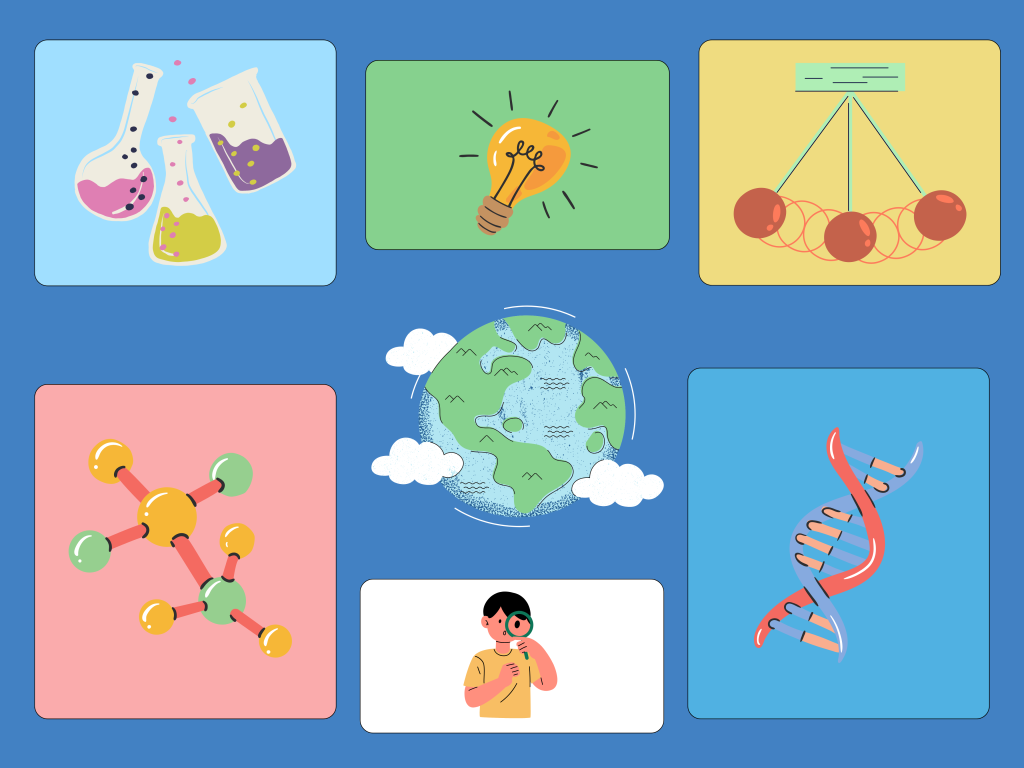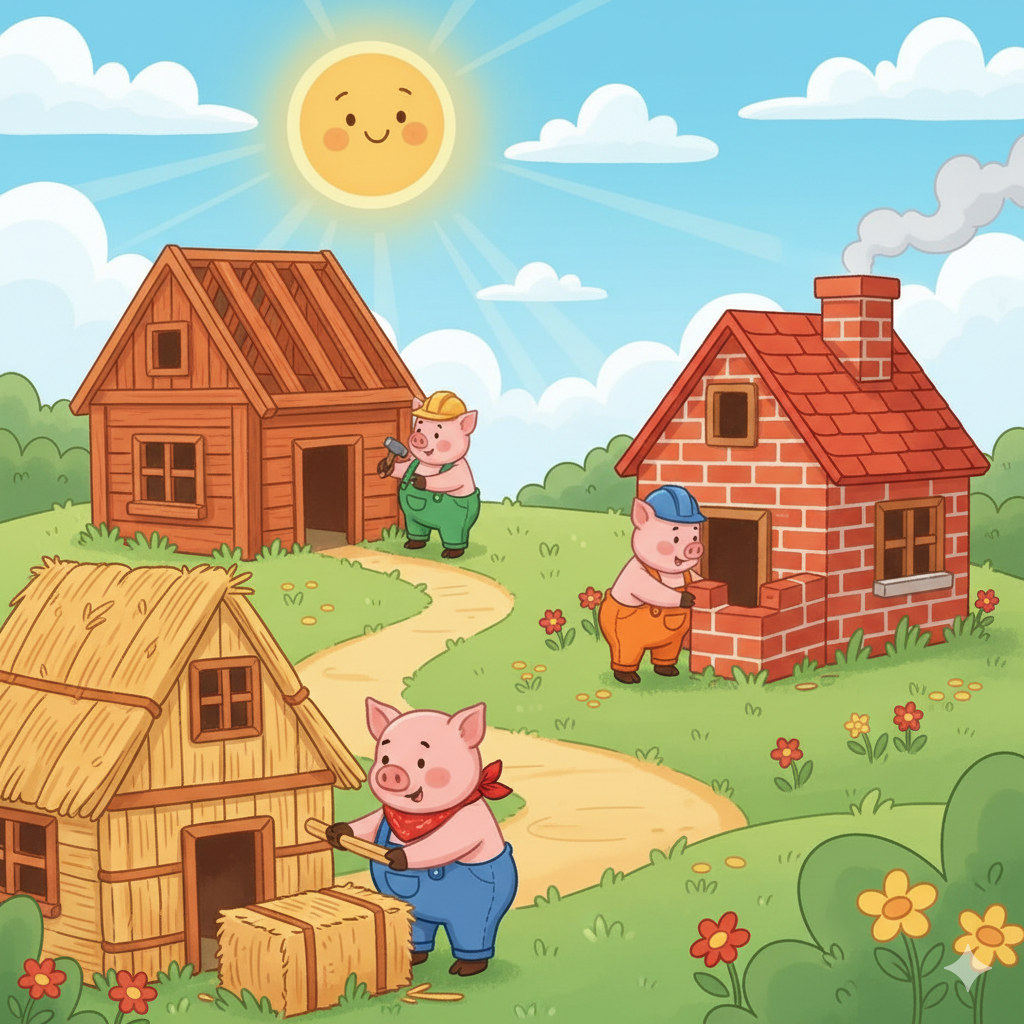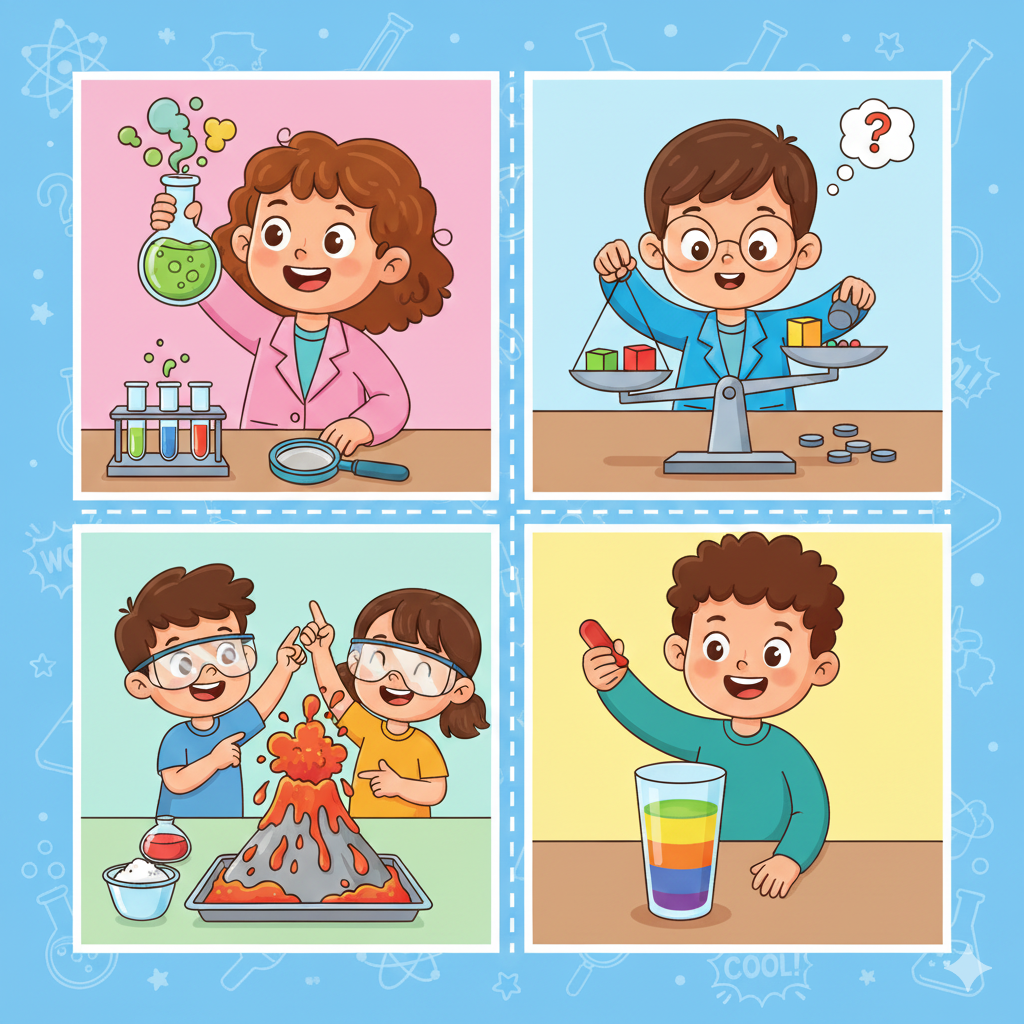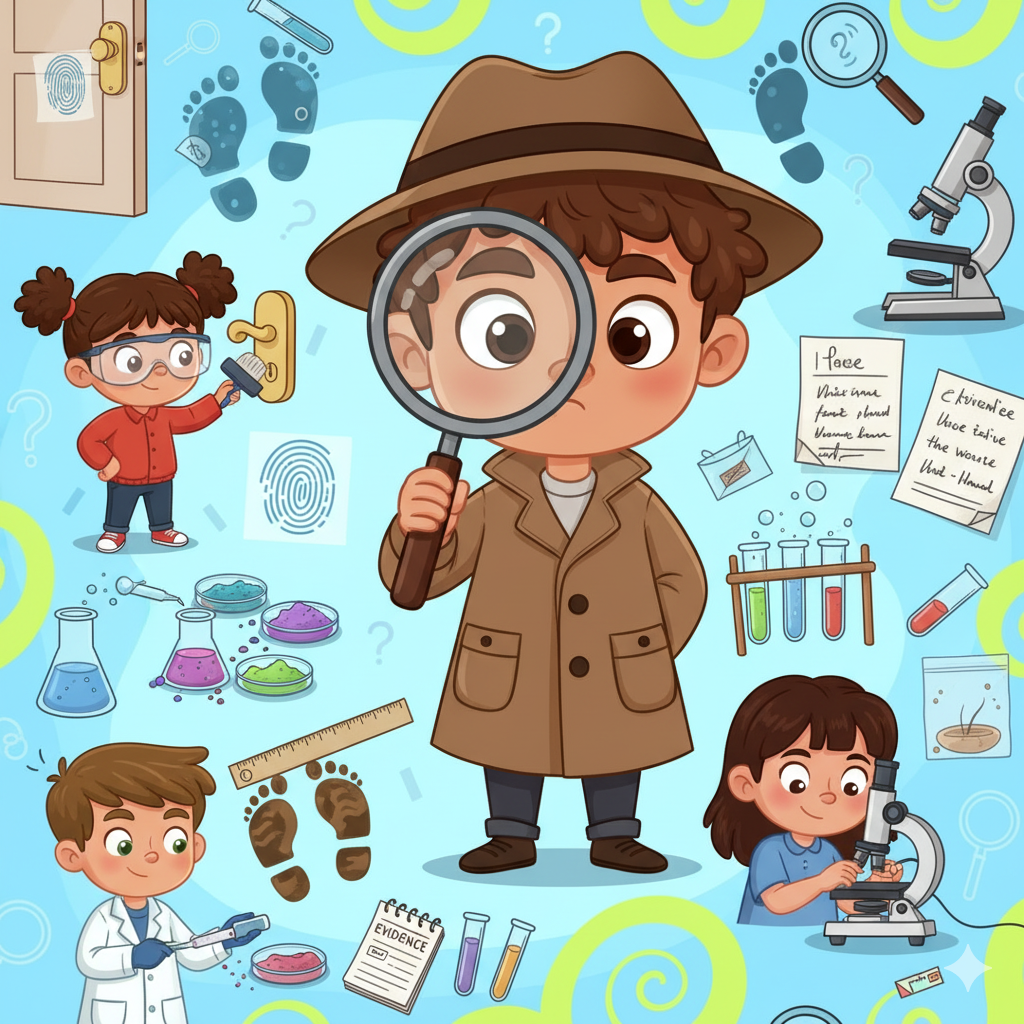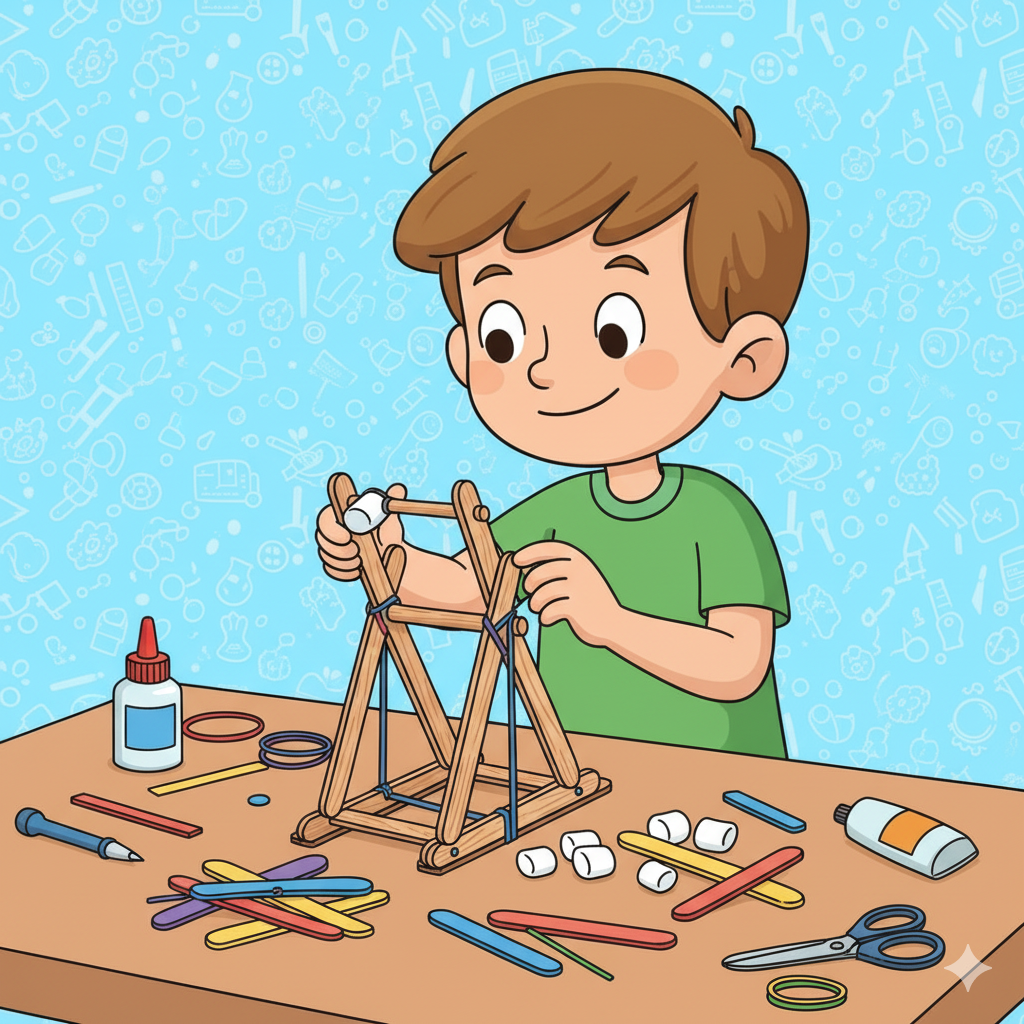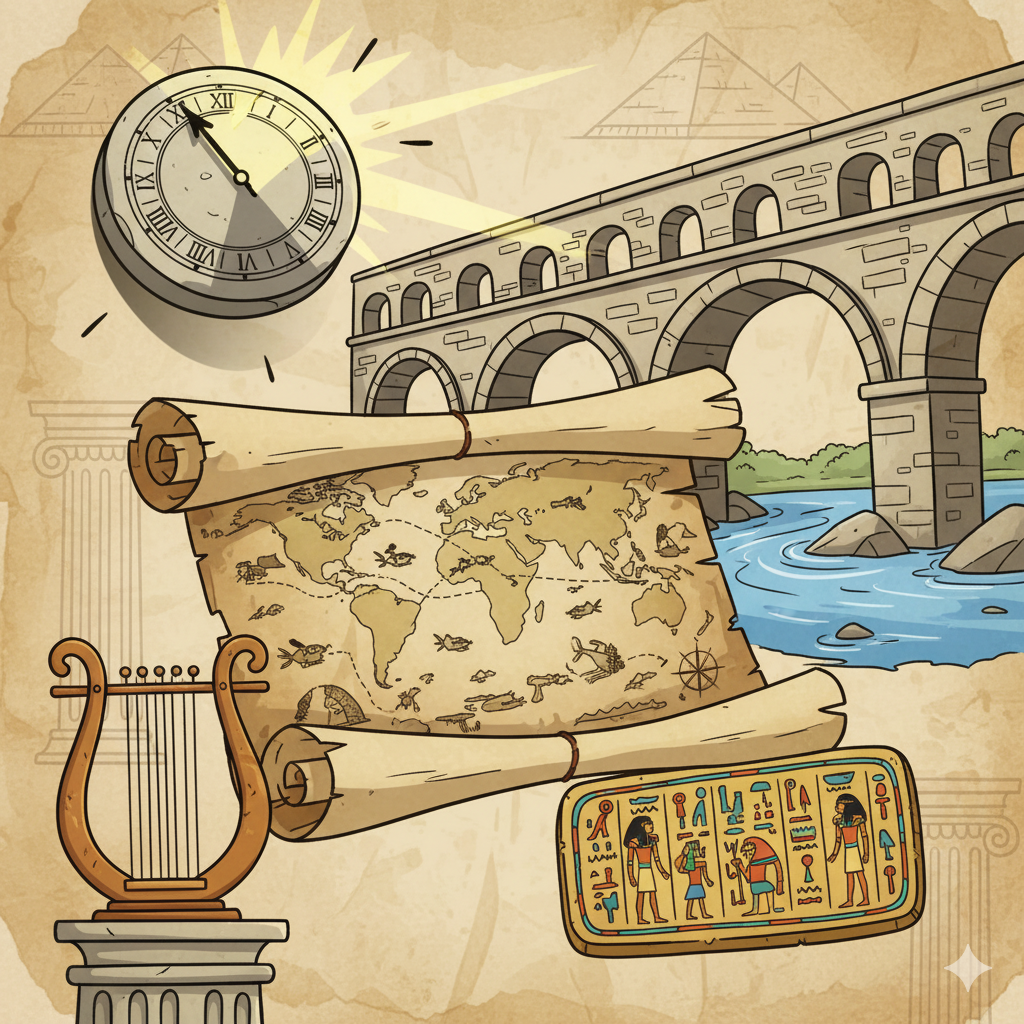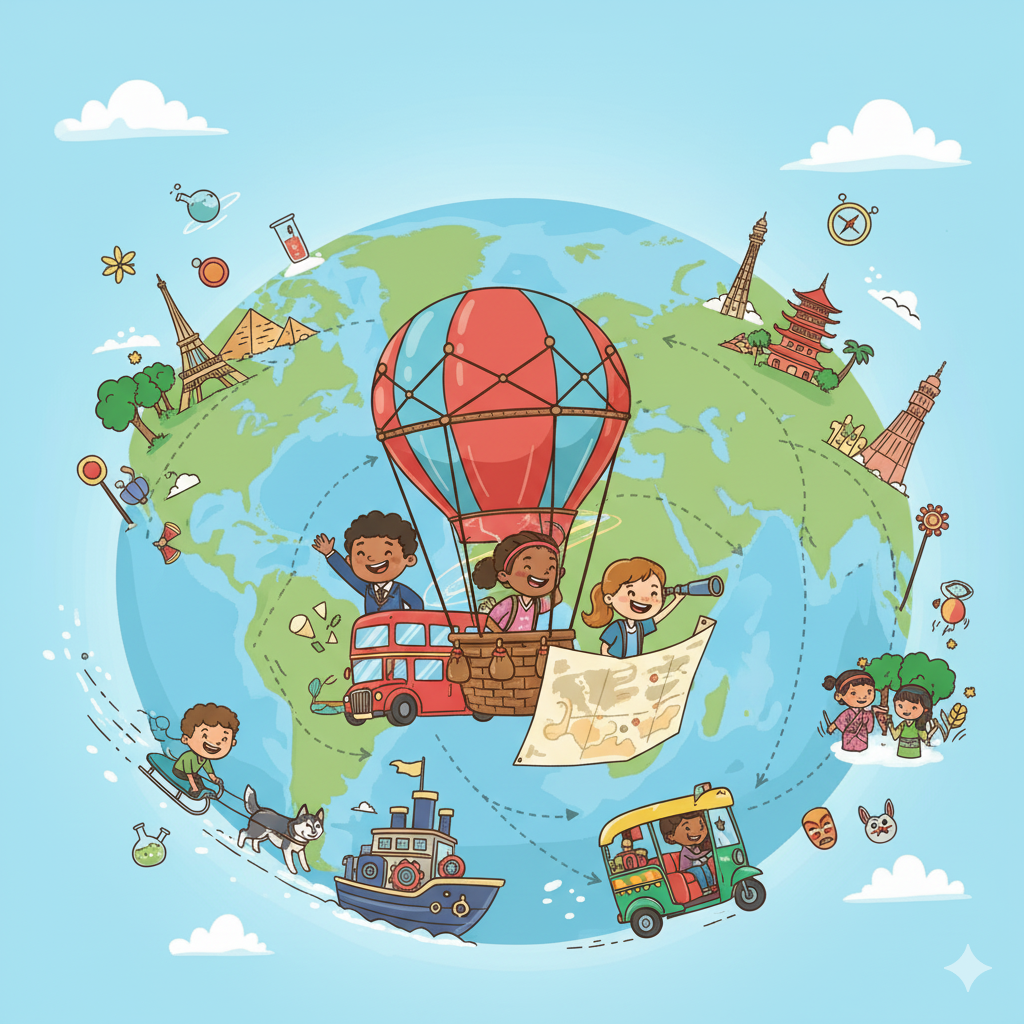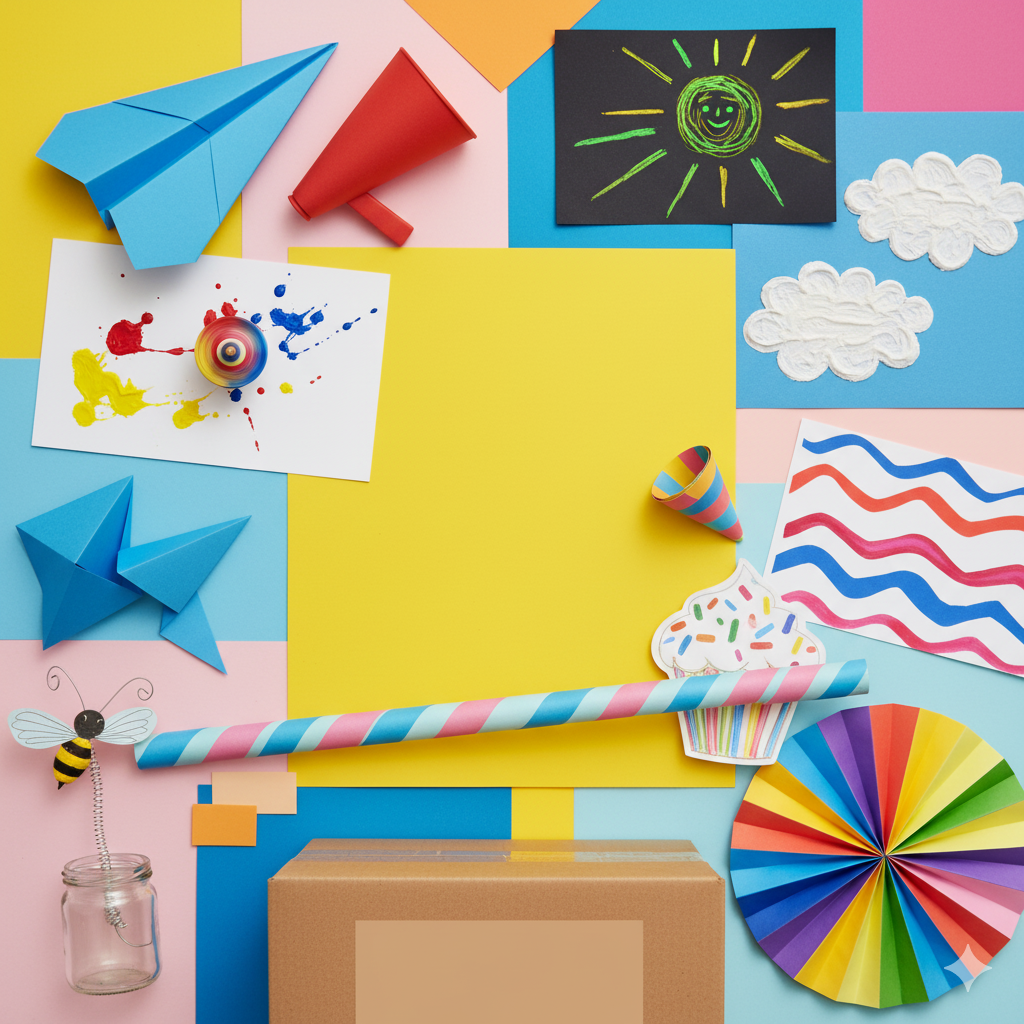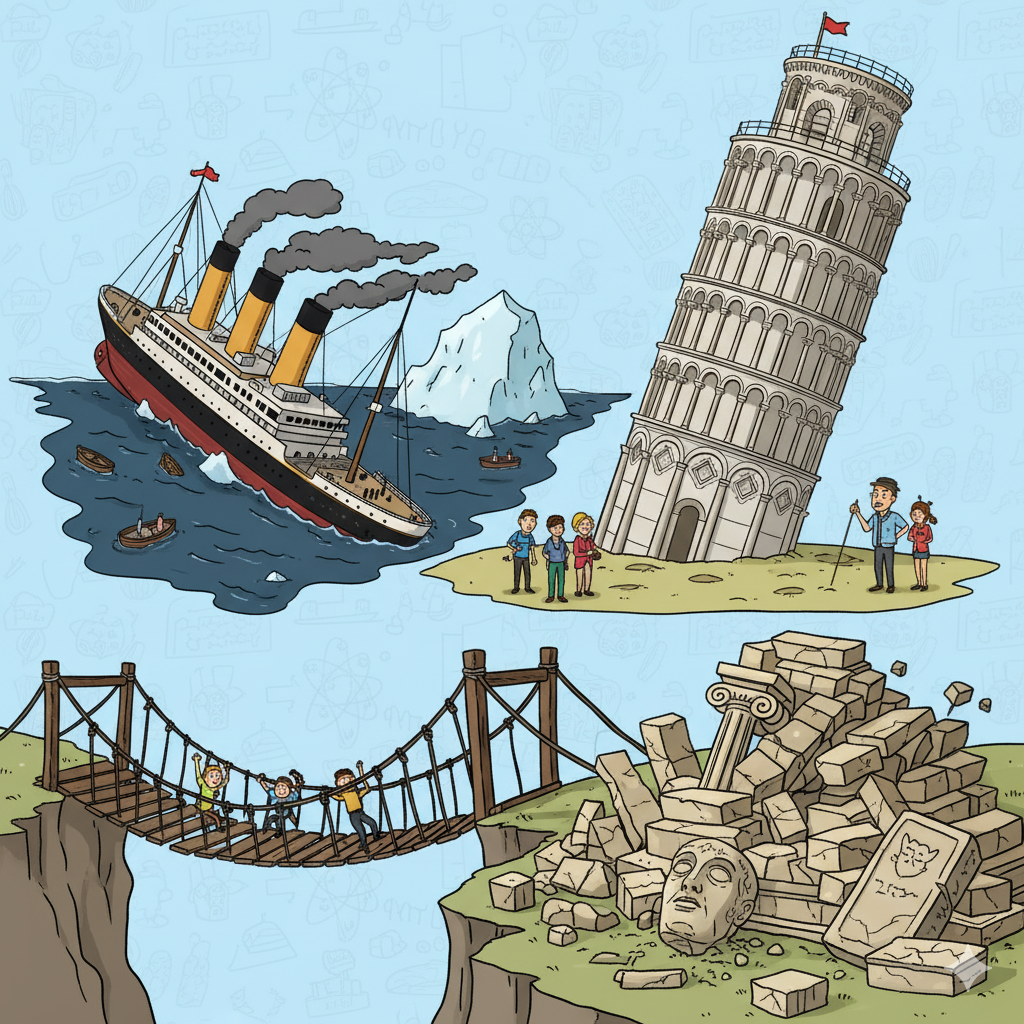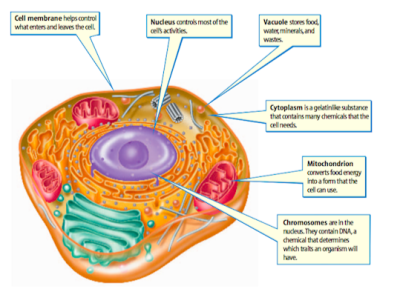Spark interest in learning basic science concepts by organizing experiments around a central theme. Here are some creative ways to structure and present related sets of science experiments. These are all free to access and are designed with everyday materials so you can do them at home.
(NOTE: The shaded boxes in this post contain product descriptions with affiliate links. As an Amazon Associate I earn from qualifying purchases.)
Book-Themed Experiments
Turns out there’s lots o’ science hidden in your kids’ fave storybooks. Use that to your advantage by doing experiments inspired by these well-known tales. The site Science Sparks has a variety of storybook-themed science experiments. For example, there are sections with experiments based on Roald Dahl books, Alice’s Adventures in Wonderland, fairy tales, and others. In addition, visit Share It! Science for STEM and STEAM activities that go along with picture books.
Check out more free resources for teaching science concepts with stories.
StoryTime STEM: Folk & Fairy Tales
10 Favorite Stories With Hands-On Investigations
Classic Folk and Fairy Tales Paired With Engaging STEM Challenges:
These STEM activities relate to the characters and plots by turning the story’s challenges or problems into hands-on investigations for students to solve. For example, students might design a sturdy house for the Three Little Pigs, build a tower or elevator for Rapunzel, or create a way for the Gingerbread Man to cross the river.
This approach encourages problem-solving, creativity, and engineering thinking, as learners use the context of familiar stories to brainstorm, design, test, and improve their solutions.
Progressive Complexity
If you’re learning about a particular science concept, you can start with a beginner’s experiment, then build upon the same concept by progressing to a more challenging activity. At the Science Buddies site, you can find experiments of increasing complexity using their difficulty scale. Let’s say you want to do some experiments with bubbles. Start out with a beginner’s project to make your own bubble solution. Learn about what makes good bubble solution and learn science concepts like surface tension and physical and elastic properties. Then, use the solution you made to progress to a second experiment to determine which materials can catch bubbles without popping them.
Another example involves experimenting with seeds. Do an investigation to determine the number of seeds produced by different fruit. Then do a harder project to investigate how the size and shape of fruits or seeds affect their dispersal by the wind.
The Everything Kids’ Science Experiments Book
Boil Ice, Float Water, Measure Gravity:
Challenge the World Around You!
These activities start simple and gradually become more challenging, helping kids build confidence and skills as they go. Early experiments, like blowing up a balloon without using your mouth, introduce basic scientific concepts with easy-to-find materials. Later activities, such as testing what’s inside coins or exploring whether a magnet can be “turned off”, delve into more advanced ideas in chemistry and physics.
With projects covering biology, engineering, and even outer space, this book encourages kids to explore, experiment, and discover the science behind everyday questions at their own pace.
Mystery Investigations
Who doesn’t love searching for clues and gathering evidence to solve a good mystery? The bonus is learning science concepts along the way.
The site Science Mystery offers free online interactive mysteries for middle and high school students. The mysteries are designed to teach science concepts and skills through engaging storylines. The reader becomes a character in the story and interacts with other characters to perform investigations and solve a problem or mystery. Click into the “for Teachers” tab to see a list of all the mysteries, suggested grade levels, and science concepts taught.
Do a mystery powder analysis and identify an “unknown substance” using chemistry. For a free, virtual version, visit the Mystery Powder Analysis Gizmo.
For ready-made activities for elementary ages, head over to Mystery Science. While most of their activities are behind a paywall, there are some you can access for free. Each investigation starts with an exploration video followed by an “open & go” hands-on activity. The lessons are presented as intriguing questions to be answered such as, Where Do Clouds Come From? and Could a Statue’s Shadow Move? Right now, they’re running a promo to sign up for a free trial through June 30, 2024.
Detective Science
40 Crime-Solving, Case-Breaking, Crook-Catching Activities for Kids
Turn your young readers into junior detectives with hands-on experiments inspired by real forensic science. Kids start with simple activities like dusting for fingerprints or making shoe print casts, then progress to more advanced investigations such as analyzing handwriting, testing mysterious powders, or using chromatography to solve “crimes.” Each experiment connects to classic detective techniques, teaching observation, evidence collection, and critical thinking as kids unravel mysteries step by step.
Cross-Disciplinary Connections
You can stick to studying concepts within a particular branch of science. For example, do a series of experiments involving chemical reactions by making a volcano, or making different slimes. Or you can investigate energy and motion by building a balloon-powered car or paper helicopter.
Another option is to do experiments that combine different branches of science to get a more holistic view of scientific principles. For example, make a lemon battery and learn about chemical reactions, the flow of electrons through a circuit, and design aspects of engineering. Or put physics and engineering to use when you make a hovercraft and learn about air pressure and friction.
Awesome Science Experiments for Kids
100+ Fun STEM / STEAM Projects and Why They Work
Over 100 hands-on experiments, each with clear explanations of the science behind them. Activities span physics, chemistry, biology, engineering, and art, helping kids explore everything from chemical reactions (like making a fizzy rocket) to engineering (building a magnet-powered car) and earth science (creating a pencil sundial). Each experiment highlights which scientific concepts are involved, making it easy to connect the activity to broader learning.
Historical Time Travel
Take a journey through time and do experiments that correspond to a particular time period.
Make a sundial and learn about how ancient civilizations used them and other implements to measure time and seasons.
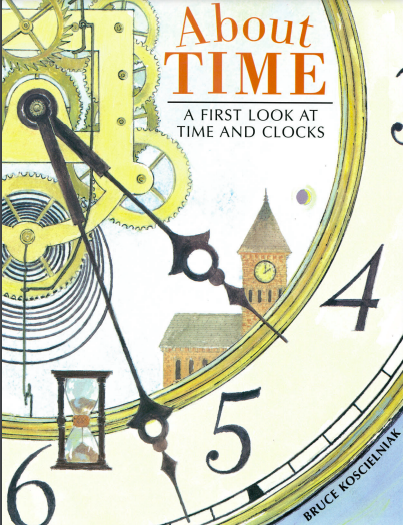
Make papyrus and learn about the paper-making process of yesterday and today.
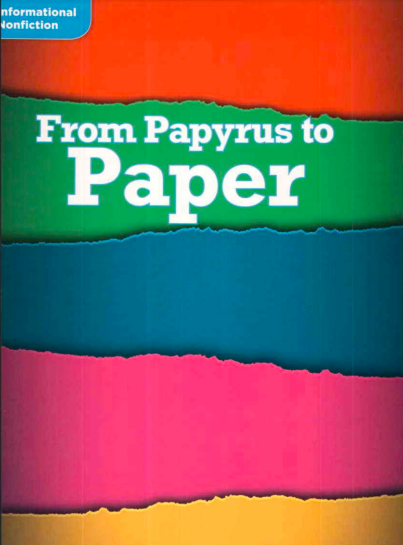
Another way to link history and science is to read biographies of famous scientists and do simple experiment recreations. For example, you can do a version of Galileo’s falling objects experiment.
Click here for access to free biographies about famous scientists, and related science experiments.
Ancient Science
40 Time-Traveling, World-Exploring, History-Making Activities for Kids
Organized chronologically, each activity is inspired by a different civilization, such as building Roman bridges, making Mesopotamian soap, or crafting Egyptian glue. With clear instructions and explanations, the book connects scientific principles to their historical origins, helping kids see how early humans cultivated plants, invented tools, and solved everyday problems using the science of their time.
Science Around the World
Study science concepts while simultaneously learning about different countries and cultures. Check out Around the World in 50 Experiments, print your passport, and start your adventure. Head for the arctic and do an activity to investigate how animals stay warm in cold temperatures. Travel to the rainforest of Papua New Guinea and learn about one of the world’s rarest butterflies with a larger than average wingspan. Then calculate your own wingspan and model the lifecycle of a butterfly. The site has not yet reached 50 experiments, but they continue to add to the series.
Other ideas:
- Taste Test Different Teas: Compare and contrast the flavors, colors, and aromas of different types of tea. Here’s a caffeine free tea tasting and mixing experiment. Learn about the origins, history, and health benefits of different teas. You can also watch videos, read books, or do online research about tea ceremonies and traditions from different cultures, such as China, Japan, India, England, Morocco, and Turkey.
- Make Your Own Flatbread: Bake flatbreads from various cultures and compare the ingredients and techniques used in each recipe. Learn about the history and traditions of each flatbread, and how they are used in different dishes and meals.
This interactive adventure encourages kids to see how science, geography, and culture are interconnected through travel and exploration. Readers choose different routes and modes of transportation, (like tuk-tuks, sleds, steamboats, and hot-air balloons), while traveling from London to destinations around the globe. Along the way, kids learn about the mechanics and science behind each type of transportation (like how hot-air balloons rise or how sleds glide on ice). They also learn about local environments, landmarks, and cultural traditions at each stop.
Art Integration
Do a variety of science experiments that incorporate artistic elements. For example, make a chromatography butterfly to explore this technique used to separate different substances in a mixture. Learn about density and buoyancy by creating a colorful lava lamp. This interesting activity involves recording your voice and learning about sound vibrations, then making a sound wave portrait.
Science Art and Drawing Games for Kids
35+ Fun Art Projects to Build Amazing Science Skills
Explores a wide range of scientific concepts through artistic projects, including energy and motion (creating spinning toys and sculptures), electricity and magnetism (making light-up cards and magnet-based paintings), living science (crafting terrariums and plantable seed paper), chemical reactions (growing crystal flowers and making plastic from milk), and color and light (marbled paper and kaleidoscopes). Each project includes step-by-step, photo-illustrated instructions and a supplies list, often using common household items. Throughout, “Science in Action” terms are highlighted and explained in a glossary, helping kids understand the science behind the art they create.
Invention and Problem-Solving
If your kids like to tinker, provide them with the materials to unleash their inner inventors. If you want to provide some guidance, you can present them with challenges that involve critical thinking to come up with clever solutions. For example, this set of task cards features design activities that can be done mostly with cotton swabs. This set of task cards has activities that are focused on earth and environmental science. This critical thinking workbook has a “synthesizing activities” section (starting on p. 102), that asks kids to figure out new things like designing improvements to existing objects, and proposing solutions to real-life problems.
There are many sites that offer free STEM activities that present problem-solving and design activities. Here are few:
The Book of Massively Epic Engineering Disasters
33 Thrilling Experiments Based on History’s Greatest Blunders
Explore the science behind real-world blunders. Discover physics and engineering concepts by recreating and learning from famous mistakes, such as:
Titanic Trouble: Why Did the Unsinkable Sink? Sink an ice-cube-tray “ocean liner” in a bathtub; learn about buoyancy, water displacement, and how hull breaches cause ships to sink.
The Pisa Problem: When Towers Lean Too Far: Stack books on a foundation of paper balls; learn about unstable foundations, center of mass, and soil’s effect on building stability.
Toppling Titans: The Fall of the Colossus: Model toppling structures; learn about balance, wind forces, and the importance of structural support.
Solar Sizzle: The Fryscraper’s Blinding Mistake: Use mirrors to focus sunlight; learn about reflection, concentrated solar energy, and unintended hazards in building design
Other Themes
- Experiments Through the Alphabet: Learn your science ABCs with experiments for each letter of the alphabet. Each lesson has a short video with a poem that introduces the science topic and activity.
- Wizard Science: This series of activities combines chemistry and physics for results that seem like magic. Videos, step-by-step instructions, and resources for further exploration are provided.
- Five Senses Experiments: Simple activities to highlight the amazing capabilities of the human body.
How are you making science enjoyable and memorable in your homeschool? Share your techniques and favorite resources.

